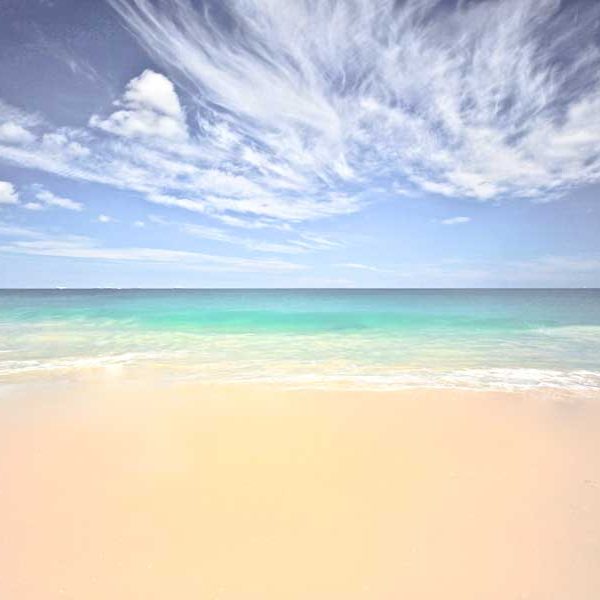Goa Gajah is located on the west side of Bedulu. It is an Archaeological site that has a significant value and was added to the UNESCO World Heritage list in 1995. Goa Gaja, better known as the elephant cave, served a place for meditation puoses back in the 11th century.
Its name is from its resemblance of the elephant river. The cave’s entrance looks like an enormous mouth that represents the door to an underworld.
According to the folklore the entrance is a representation of Bhoma, the Earth God, while some say that it is the mouth of the witch Rangda from Balinese mythology that eats children.
 The place was excavated and the last excavation that was recorded was around 1950. There are many parts that were left unexplored.
The place was excavated and the last excavation that was recorded was around 1950. There are many parts that were left unexplored.
There are piles of relics which can be found in the garden that have an unknown origin . Some theorized that the cave was used as a sanctuary of the Hindu priests and they dug the place using their bare hands.
The place is dominantly Hindu but exploring some parts will give you an impression that during the early years it was influenced by Buddhism.
The elephant cave is relatively small and has narrow passages. There are no provided lights inside the cave so be prepared because the place will be dark.
You can see a small statue of Ganesh which is a representation of the god of elephant in the left passage. The right passage is meant for worshiping area that has several stones (lingam and yoni) in honour of Shiva.
The entrance to the cave will cost 60.00 cents and it is open from 8:00 am to 4:30 pm. Proper clothes should be weared while entering the cave.
The knees must be covered (in case you are wearing a pair of shorts, Sarongs can be rented or you can buy it outside the cave where there are souvenir shops and kiosk for travellers to shop).
Goa Gajah is beautifully surrounded with gardens and two rivers.
There is couple of stairs that will lead you to a shady valley where there is a waterfall. Goa Gajah is located ten minutes outside Ubud in Bali Indonesia.
 TravellerHints!
TravellerHints! 


